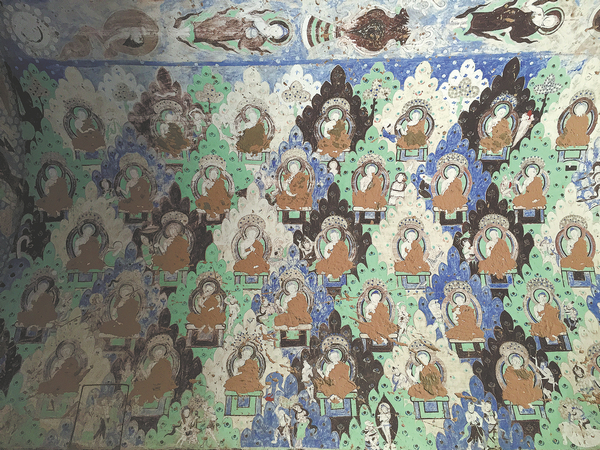Xinjiang's sands reveal fascinating finds
By Fang Aiqing and Mao Weihua | CHINA DAILY | Updated: 2025-02-25 08:03

The discovery of a vineyard, tombs and a northern slope residential area, artifacts such as metal crosses, and murals, as well as a variety of ancient manuscripts at the 1,300-year-old Nestorian monastery ruins at the Xipang site in Turpan, has provided more material for studying monastery life during the Tang to Yuan dynasties in the Xiyu, or Western Regions, a historical geographic term that referred to an area that includes present-day Xinjiang and part of Central Asia.
Nestorianism, which is referred to as jingjiao in ancient documents, was a branch of Christianity that originated in present-day Syria and was once popular in ancient China.
Guo said during the December seminar that the examples of religious adaptation at the Mo'er Temple and in Xipang reflect the inclusive policies adopted in the governance of border regions during the Tang to Yuan dynasties, demonstrating cultural exchanges between the East and West, as well as interactions and integration among different ethnic groups.
According to a meeting attended by cultural heritage authorities in Xinjiang on Feb 8, this year, the region will invest more efforts in studying the ruins of Loulan Ancient City in Ruoqiang county, Bayingolin Mongolian autonomous prefecture, as well as the remains of ancient Kucha, which are widely spread across Aksu prefecture and Luntai county in Bayingolin. Among the latter, the well-known Kizil Cave-Temple Complex in Baicheng county, Aksu, is considered a major site of Kucha culture.
Contact the writers at fangaiqing@chinadaily.com.cn
























